TIME is cyclical in Indian classical music. You start from the first count (sama) and, after traversing a 16-, 14-, or seven-beat cycle, you return to the first count. Time is similarly cyclical in Indian philosophy, which is why the concepts of karma and return are deeply embedded in our understanding of life.
This thought was at the forefront of my mind as we watched sarod maestro Ustad Amjad Ali Khan step onto the iconic Wigmore Hall stage in London last Saturday (27) with his sons and introduce his 12-year-old grandsons to the audience, seeking their blessings. For the maestro, life must have come full circle. Many decades ago, the legendary musician Ustad Hafiz Ali Khan introduced his 12-year-old son to a discerning audience in (then) Calcutta, requesting them to listen to the young boy. The talented youth won the hearts of the most formidable critics. That boy was Amjad Ali Khan, who over the years, grew to become the world-renowned sarod maestro and a towering cultural icon, spanning almost seven decades.
Khan Sahib, as I address him, belongs to a seven-generation family of musicians. His ancestors once marched on horseback from Central Asia, playing the rabab. Over generations, the sarod evolved in design and playing technique. The sarod is a fretless string instrument, tracing its origin to the rabab, a folk instrument of Afghanistan and Persia brought to India. The Bangash family ancestors modified the instrument into its more melodic form, hence called the sarod, which means “melody” in Persian.
He says, “I came to inherit the legacy of five generations of music as naturally as a bird takes to the air. For my father, life was music, and music was life. He knew nothing else. Only true musicians have this Sufi spirit of seeking divinity through music. I live in a world of sound. Only through sound can I experience the presence of God, the supreme being. I wanted to bring the sarod close to the singing voice and to express human emotions. It has been a long journey for the instrument itself, and today the sarod is far more expressive than it was many years ago.” His sarod is distinctively close to the gayaki ang (vocal style) of music.
Over the years, Khan Sahib has trained and introduced his two sons, Amaan Ali Bangash and Ayaan Ali Bangash, to the music world. Today, these seventh-generation musicians of this gharana (family) are widely traveled performers, recognised solo artists, and are often heard in a trio with their father.
To mark the 123rd year of the iconic Wigmore Hall in London, a two-day celebration of the sarod had been programmed.
Ustad Amjad Ali Khan and his sons are Wigmore Associate Artists, renowned exponents of Indian classical music, introducing their invaluable heritage to generations of audiences. Three generations performed in the morning concert.
The concert began with a solo by Ustad Amjad Ali Khan playing a calming Overture of Peace in Raag Ahir Bhairav. This was followed by a sarod duet by Amaan Ali Bangash and Ayaan Ali Bangash playing Raag Anand Bhairav in different taal (time cycles).
The concert culminated with a sarod quintet as the two young boys, Zohaan Ali Bangash and Abeer Ali Bangash, joined their grandfather. They played the 19th-century patriotic song Bande Mataram, written by Bankim Chatterjee and composed by the Indian bard Rabindranath Tagore. Set in Raga Desh, the song celebrates Mahatma Gandhi and the concepts of non-violence and truth. As the notes unfolded, the mantle silently passed on to the eighth-generation musicians. It was at once an emotional and historic moment to see the three generations make music together, reinforcing the cyclical concept of music and life.
During the Covid years, when families were compelled to stay indoors, Ayaan Ali Bangash started music lessons with his twin sons. They recorded their music as a surprise present for their grandfather’s birthday. “It was the greatest birthday present for me,” said Khan Sahib, stressing the role of the teacher or guru. “Teaching music is an incomparable journey where the guru leads you from the visible to the invisible. I am grateful to God that they are interested in music. They need blessings and love to take forward the precious gift of music.”
Amaan Ali Bangash said his nephews are the love of his life, "We feel blessed to see them perform with us. Taking forward a legacy puts a certain kind of pressure on children. I see them enjoy the music, and they are so blessed to receive so much love from music lovers.” Ayaan Ali Bangash added, “They are fortunate to be sitting alongside their grandfather on stage. I really hope they build their own legacy. This is just the beginning, where they seek blessings and hone their craft.”
Backstage, the two smiling boys spoke about training and practice; Zohaan practices for an hour every day, while Abeer plays for two hours. They are both great football lovers and ardent fans of Ronaldo and Messi.
The sarod journey continued in the afternoon session with collaborator and guitar maestro Shaun Shibe. Brief and beautiful compositions Golden Afternoon (in Raag Marwa) and Gentle Sunset (Raag Yaman) were played by Amaan and Ayaan. The maestro took centre stage to play his signature combination of a Tagore composition Ekla Cholo Rey (Raag Bhatiali) fused with a foot-tapping Assamese folk Bihu. Listeners never tire of this composition, now immortal in its lilting beauty, talking of fearlessly walking alone, riding on the magic of recall.
The evening session featured the sarod virtuoso with Britten Sinfonia conducted by David Murphy. Fifteenth-century ragas (Darbari and Mia ki Malhar) were presented along with the composition "Shringar/Adornment," composed by Murphy. The sarod connected with one of the finest chamber orchestras in the country under the leadership of violinist Jacqueline Shave, who has an ongoing relationship with classical music and with Khan Sahib in particular. Throughout the sessions, the tabla player who accompanied the artists and brilliantly wove time cycles and patterns was the young and promising Anubrata Chatterjee, son of Pandit Anindya Chatterjee – one of the best percussionists of our times.
At 78, Ustad Amjad Ali Khan remains curious, open to dialogue, and connected through music. The collaborations bear testimony to that, and the now eight-generation legacy testifies to the contribution of every musician in this impressive heritage of the Bangash family. “Each artist brings the spirit of sharing treasures of their own traditions. This is a meeting point of living musicians across cultures. It is as human beings that we can understand and appreciate each other and thereby heal this divided world, through the joy and spiritual nourishment that music brings.”
At a time when classical music may seem a daunting concept for youngsters, it was a welcome sight to see many children in the hall, accompanying their parents, and being inspired by the young twins debuting on stage and the transgenerational music throughout the day.






 Lunchbox is a powerful one-woman show that tackles themes of identity, race, bullying and belongingInstagram/ lubnakerr
Lunchbox is a powerful one-woman show that tackles themes of identity, race, bullying and belongingInstagram/ lubnakerr She says, ''do not assume you know what is going on in people’s lives behind closed doors''Instagram/ lubnakerr
She says, ''do not assume you know what is going on in people’s lives behind closed doors''Instagram/ lubnakerr








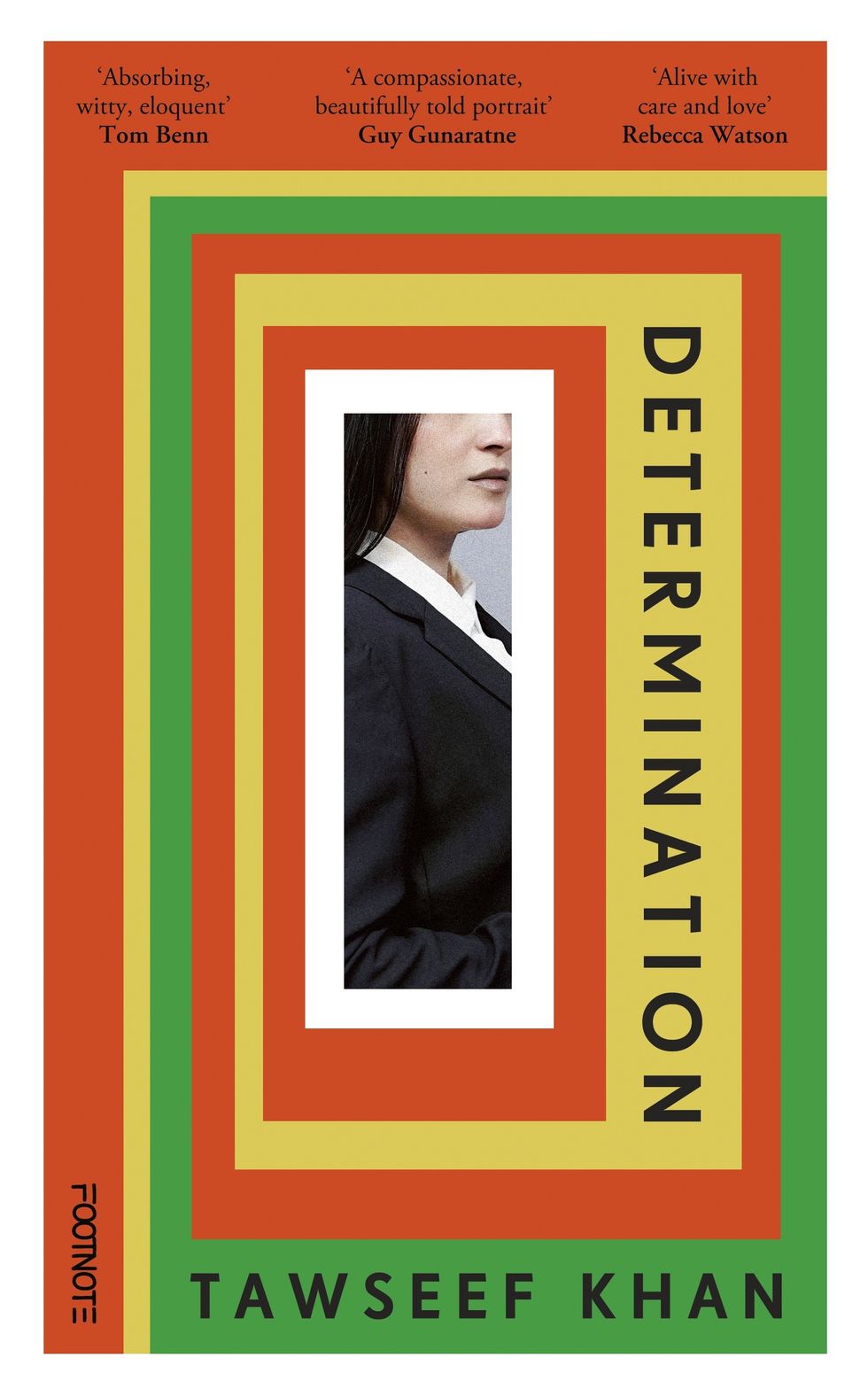 He says "immigrants are the lifeblood of this country"Instagram/ itsmetawseef
He says "immigrants are the lifeblood of this country"Instagram/ itsmetawseef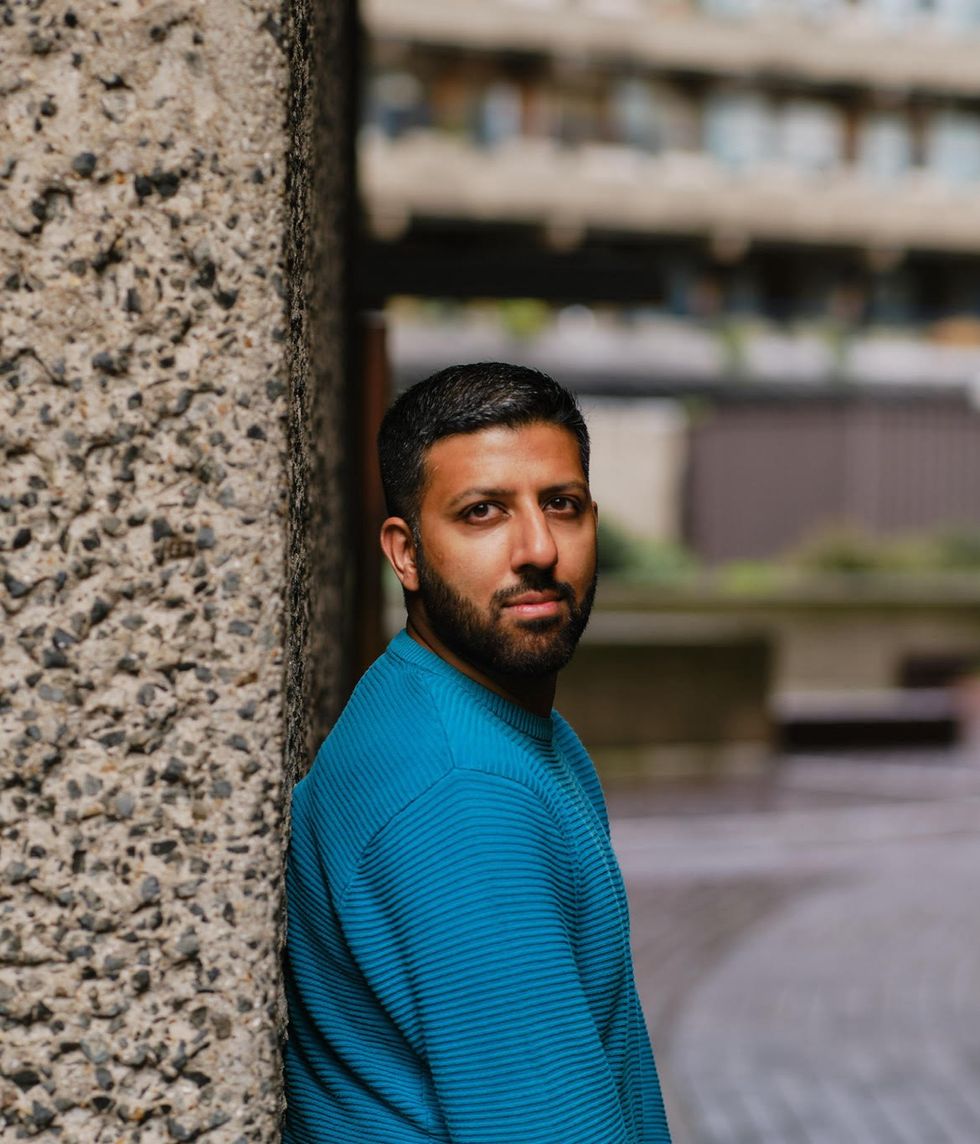 This book is, in a way, a love letter to how they raised meInstagram/ itsmetawseef
This book is, in a way, a love letter to how they raised meInstagram/ itsmetawseef
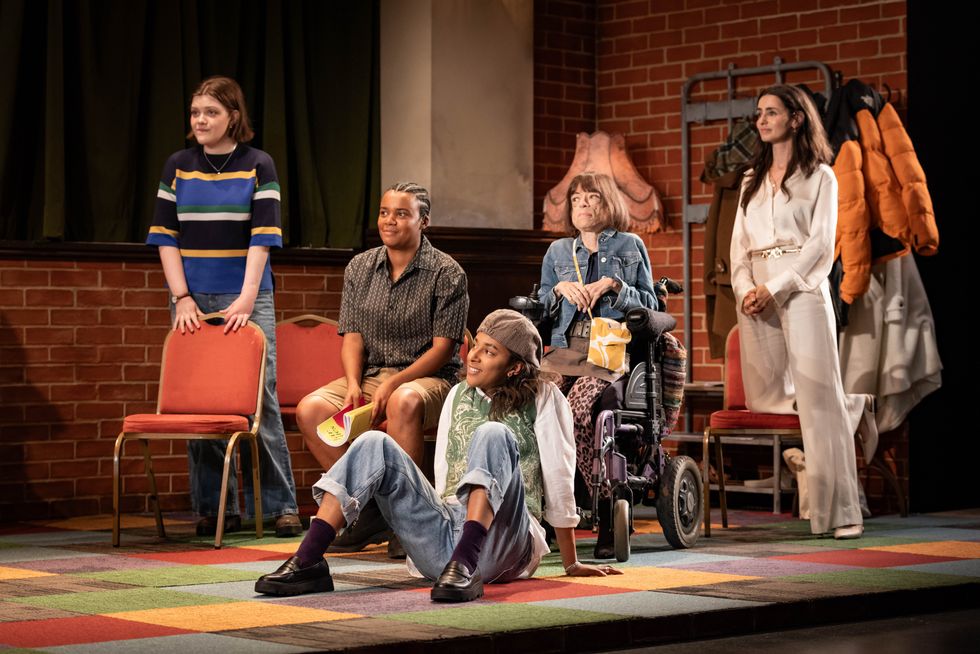 The crew of The Ministry of Lesbian Affairs
The crew of The Ministry of Lesbian Affairs
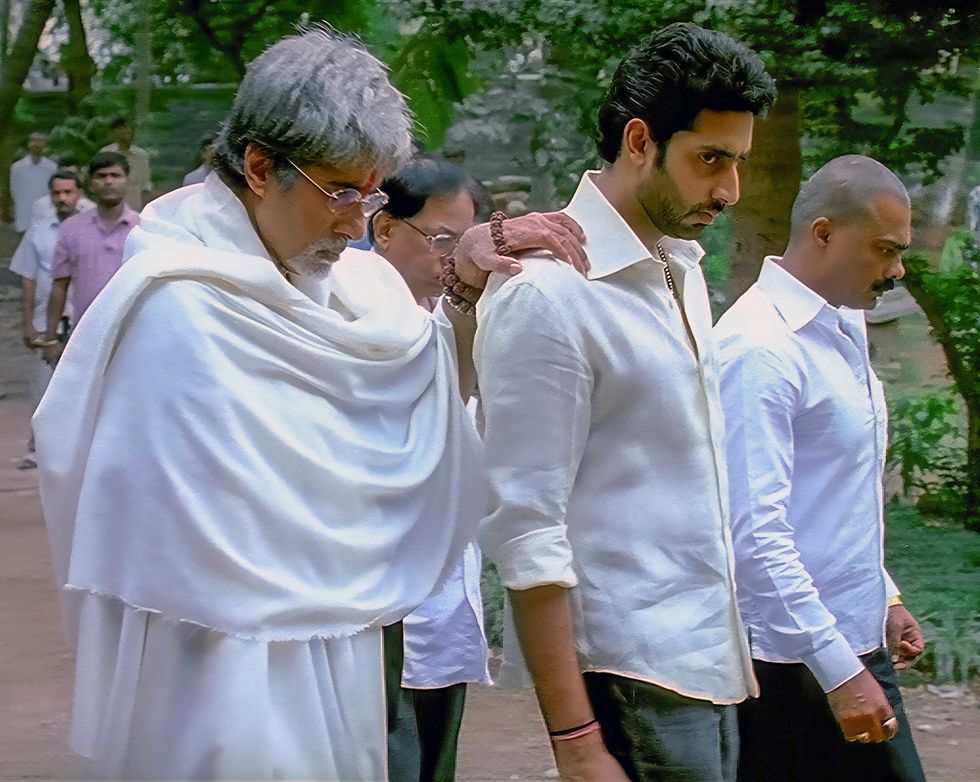 A still from Sarkar, inspired by 'The Godfather' and rooted in Indian politicsIndia Glitz
A still from Sarkar, inspired by 'The Godfather' and rooted in Indian politicsIndia Glitz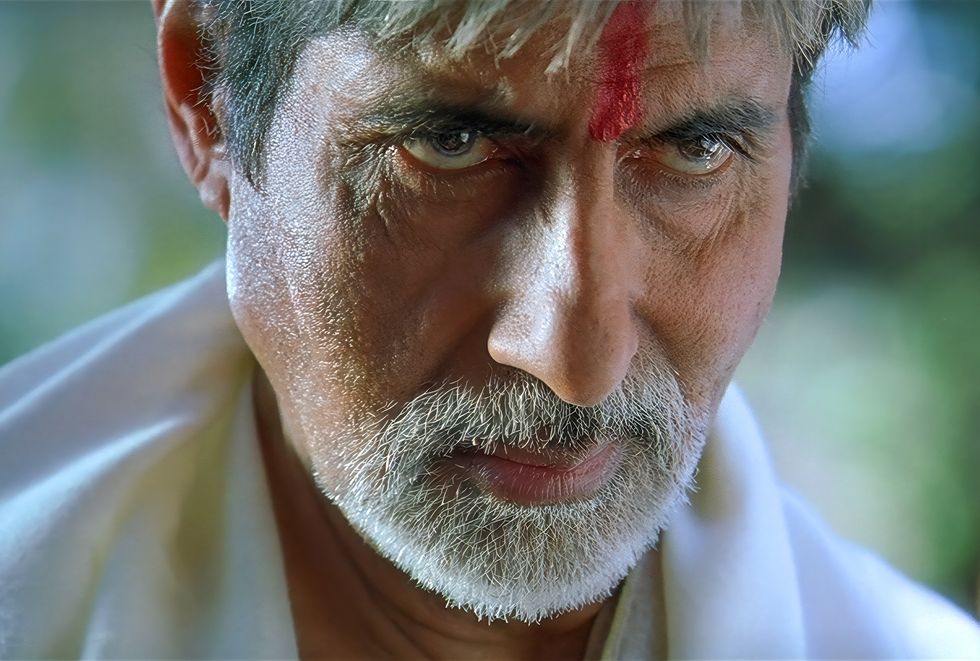 Sarkar became a landmark gangster film in Indian cinemaIndia Glitz
Sarkar became a landmark gangster film in Indian cinemaIndia Glitz The film introduced a uniquely Indian take on the mafia genreRotten Tomatoes
The film introduced a uniquely Indian take on the mafia genreRotten Tomatoes Set in Mumbai, Sarkar portrayed the dark world of parallel justiceRotten Tomatoes
Set in Mumbai, Sarkar portrayed the dark world of parallel justiceRotten Tomatoes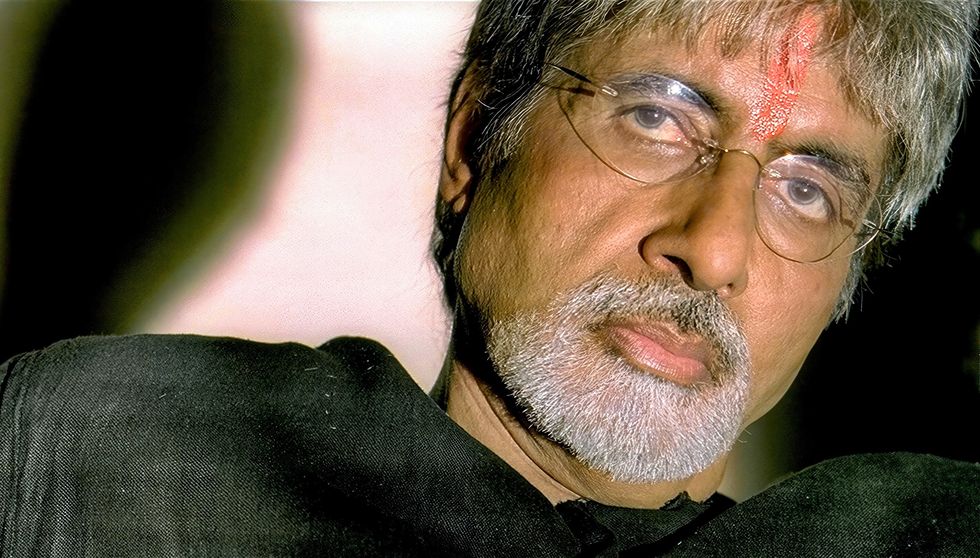 Ram Gopal Varma’s Sarkar marked 20 years of influence and acclaimIMDb
Ram Gopal Varma’s Sarkar marked 20 years of influence and acclaimIMDb
 The statues were the product of a transatlantic effortGetty Iamges
The statues were the product of a transatlantic effortGetty Iamges